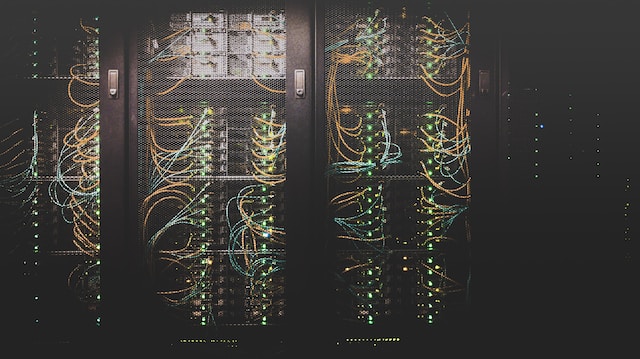Demystifying Computer Networking: Connecting the Digital World

In today’s interconnected world, computer networking plays a vital role in facilitating communication and information sharing across the globe. Whether browsing the internet, sending emails, or streaming your favourite content, computer networking is the underlying technology enabling these activities. In this blog post, we will delve into the fundamentals of computer networking, exploring its definition, key components, and its significance in our daily lives.
What is Computer Networking?
Computer networking refers to connecting multiple computers and devices to share resources and exchange data. It involves establishing a communication infrastructure that enables devices like computers, servers, routers, switches, and mobile devices to interact with one another. This interconnected system allows for seamless data transmission and collaboration between devices, irrespective of their geographical locations.
Key Components of Computer Networking
- Devices: Devices are the building blocks of computer networks. This includes computers, laptops, servers, routers, switches, modems, and wireless access points. Each device serves a specific purpose, such as generating, processing, or transmitting data.
- Network Interface: A network interface, commonly known as a network card or network adapter, is a hardware component that allows a device to connect to a network. It provides the necessary physical and logical connections for data transfer.
- Protocols: Protocols are a set of rules and guidelines that govern the communication between devices in a network. They ensure that data is transmitted reliably and efficiently. Some well-known protocols include TCP/IP (Transmission Control Protocol/Internet Protocol), Ethernet, Wi-Fi (Wireless Fidelity), and DNS (Domain Name System).
- Media: The medium through which data is transmitted is an integral part of computer networking. It can be wired, such as twisted-pair copper cables or fiber optic cables, or wireless, using radio waves or infrared signals. The choice of media depends on factors such as bandwidth requirements, distance, and environmental considerations.
- Network Topology: Network topology refers to the physical or logical arrangement of devices in a network. Common topologies include star, bus, ring, mesh, and hybrid. Each topology has its advantages and disadvantages in terms of scalability, fault tolerance, and performance.
Importance of Computer Networking
- Communication and Collaboration: Computer networking enables seamless communication and collaboration among individuals and organizations. It allows for the sharing of information, resources, and services, fostering innovation and productivity in various domains.
- Internet Access: The internet, which is the largest computer network in the world, has become an indispensable part of our lives. Through computer networking, we gain access to vast amounts of information, entertainment, and e-commerce platforms, enhancing our knowledge, social connections, and economic opportunities.
- Resource Sharing: In a networked environment, devices can share resources such as printers, storage devices, and databases. This reduces costs, improves efficiency, and enables centralized management of shared resources.
- Data Transfer and Storage: Computer networking enables rapid and reliable data transfer between devices, allowing for seamless file sharing and data backup. It facilitates real-time collaboration and ensures data integrity and security.
- Business Applications: Computer networking forms the backbone of modern businesses. It supports essential functions like email communication, video conferencing, cloud computing, and online transactions. Organizations rely on robust networks to maintain smooth operations and gain a competitive edge.
Conclusion
Computer networking serves as the foundation for our interconnected digital world. By linking devices, protocols, and media together, it enables efficient communication, resource sharing, and data transfer. Computer networking empowers us to exchange information and collaborate seamlessly, whether it’s the internet connecting continents or a local network within a home or office. As technology continues to evolve, computer networking will play an increasingly vital role in shaping our future, fostering innovation, and connecting people across the globe.




